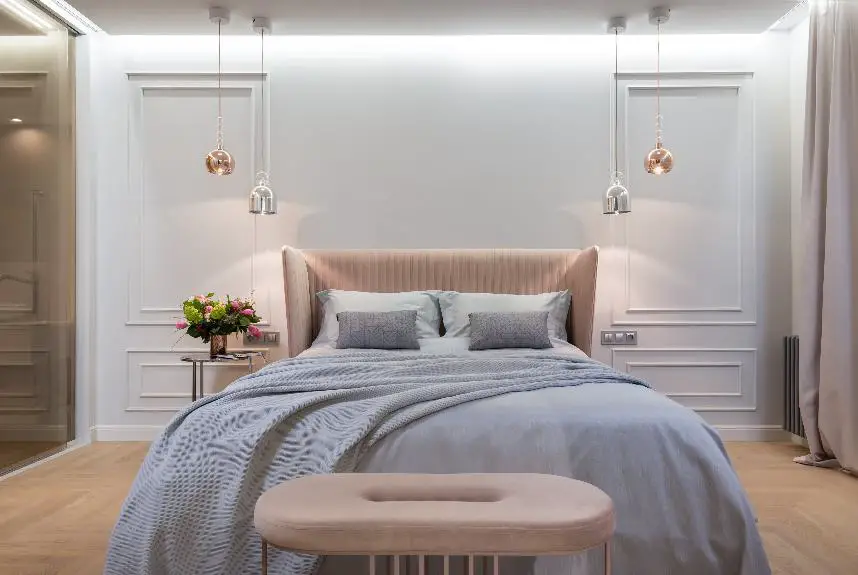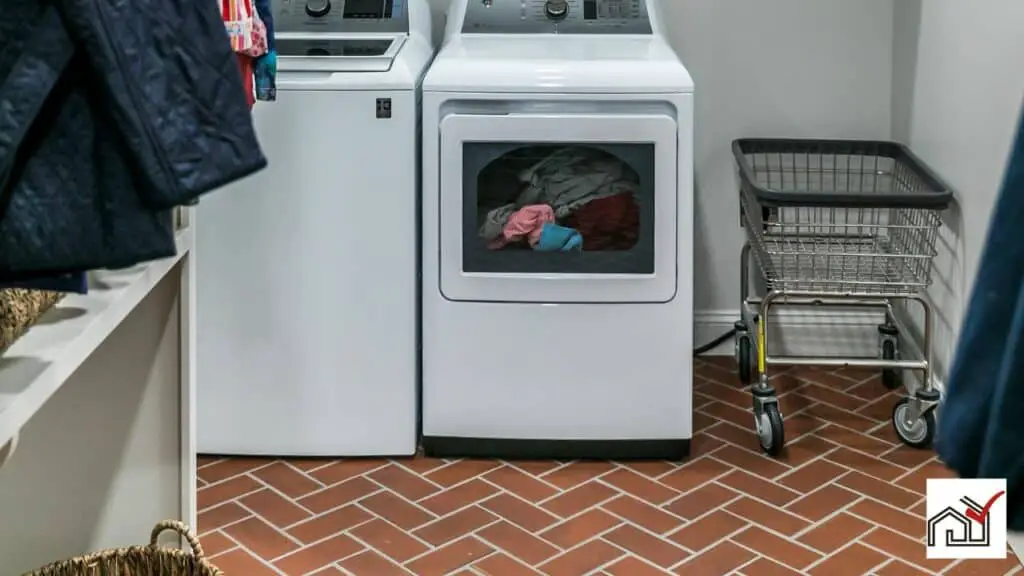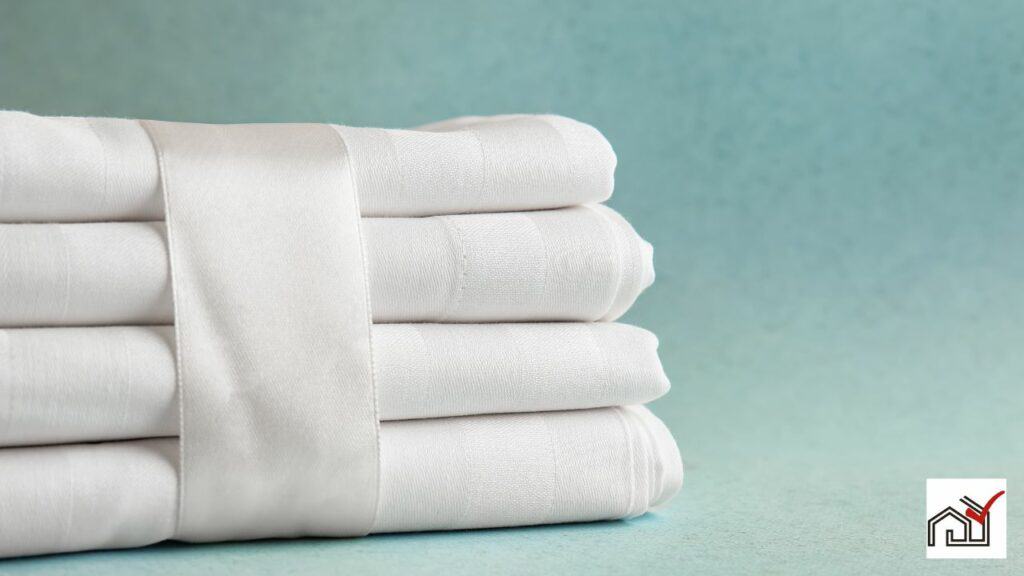A bedside table should be placed 2 to 3 inches away from the bed to allow easy access to items like alarm clocks, books, and glasses. This distance can be adjusted for comfort and ease of use, depending on the height of the bed and the user's reach.
Proper placement of the bedside table is important for both functionality and bedroom design.
Importance of Proper Placement
Proper placement of a bedside table is crucial for both convenience and safety in a bedroom. It should be positioned one to three inches from the bed for easy access and to minimize the risk of accidents, like hitting one's head when reaching for items at night. This spacing allows for comfortable reach without stretching or risking injury.
Correct placement also provides sufficient space to move around the bed, which helps maintain a clutter-free and tranquil atmosphere in the bedroom. A properly positioned nightstand ensures that essential items, such as glasses, medication, or books, can be reached from the bed, which enhances relaxation and convenience.
Additionally, the strategic positioning of the bedside table is in line with minimalist design, which emphasizes reducing excess and focusing on the essentials. By optimizing the nightstand's position, the bedroom remains visually appealing and functional, avoiding unnecessary clutter.
Proper bedside table placement is therefore important for both practical use and design.
Optimal Bedside Table Distance
The optimal distance for a bedside table from the bed is typically 1 to 3 inches, allowing for easy access to items like water, an alarm clock, or books without the need to stretch. This spacing helps avoid collisions when getting in or out of bed and maintains a tidy appearance.
Safety is also important; too close a placement can lead to accidents. Personal preference and arm length should guide the exact positioning, and a clearance of 1 to 2 feet around the bed is advisable in smaller rooms for ease of movement and a practical layout.
The ideal distance balances accessibility, safety, and space efficiency.
Considering Bed Height
When choosing a bedside table, consider the height of your bed to match it with a nightstand of appropriate height.
Ideally, the nightstand should be level with your mattress top for ease of access and a cohesive design.
For lower beds, opt for a shorter nightstand, while higher beds might require a taller one to keep items within easy reach.
Adjust the nightstand height to suit specific bed styles, such as platform or canopy beds, to maintain a balanced bedroom setup.
Selecting the right nightstand height is essential for convenience and aesthetic appeal in your bedroom.
Single Vs. Dual Nightstand Setup
When selecting a nightstand, consider the bed height and decide if one or two nightstands suit the bedroom better. A single nightstand might work for smaller rooms or those who prefer simplicity, and can be balanced with other decor on the opposite side. Dual nightstands are often favored in bedrooms for two, providing symmetry, convenience, and extra storage. They contribute to a unified appearance and accommodate individual needs.
For single occupants, one nightstand may suffice, but couples or those wanting more space might prefer two. The choice also reflects personal style—some appreciate the uniformity of identical nightstands, while others enjoy the uniqueness of varied ones.
Keep a two to three-inch gap between the bed and nightstands to prevent a cramped look. The final decision should align with the bedroom's size, users' requirements, and the desired design.
Alternative Bedside Solutions
Alternative bedside solutions like floating shelves and vintage trunks can enhance style and function in different bedroom sizes.
Floating shelves are ideal for small spaces, allowing for essential items to be within reach without taking up floor space. They should be mounted at an accessible height from the bed.
Vintage trunks add a unique aesthetic and provide ample storage for items like blankets and books, helping to keep the room tidy.
Repurposing a bar stool or chair as a bedside table can introduce a unique look, fitting well with bohemian or rustic decor. The height can be adjusted to suit your needs.
Using a dresser as a nightstand is an efficient use of space, offering extra storage and a uniform appearance. Choose an alternative that matches your room's style and meets your needs, ensuring it is close enough to the bed for ease of use.
Navigating Small Spaces
In a small bedroom, it's important to place a bedside table close to the bed to maintain functionality and comfort. Keep a gap of one to three inches between the bed and the bedside table to avoid clutter and preserve a neat look.
Aim for at least two feet of space around the bed for easy movement and making the bed. In very small rooms, at least one foot of space may be adequate.
The bedside table should be as tall as the top of the mattress for convenience and to maintain a clean visual line. This is especially important for low platform beds.
In rooms where only one nightstand fits, arrange other furniture or decorations to create symmetry and improve the room's appearance. Using mismatched nightstands or unconventional items as bedside solutions can add character to a small room without compromising style or practicality.
Nightstand Selection Tips
When choosing a nightstand, ensure the height is similar to your mattress for easy access.
The surface should be large enough for a lamp, book, and other small items without being overcrowded.
For storage, consider if you need drawers or shelves based on the number of items you want to keep out of sight.
The nightstand should be close to the bed, ideally 1-3 inches away, for convenience and a neat look.
Choose one that meets your needs and complements your bedroom's design.





